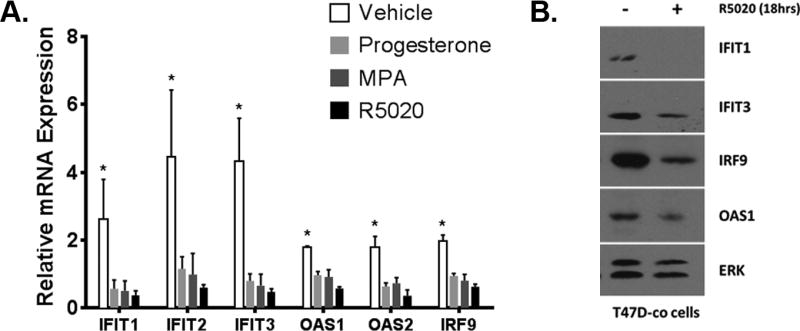Figure 3. ISGs are repressed by ligand-activated PR.

(A). T47D PR-positive breast cancer cells (T47D-co) were starved for 18hr in serum-free media, followed by treatment with 10nM R5020, 10nM medroxyprogesterone acetate (MPA), 100nM native progesterone, or vehicle for 6hr. Isolated RNA was analyzed for select genes. Gene values were normalized to an internal control (β-actin). Error bars represent standard deviation (SD) between biological triplicates. Asterisks represent statistical significance between the vehicle treated groups and all treatment groups (R5020, MPA, and progesterone); p < 0.05, as determined using an unpaired Student’s t-test. This experiment was performed in triplicate, and a representative experiment is shown here. (B). T47D-co cells were starved for 18hr in serum-free media and then treated with 10nM R5020 or vehicle for 18hr. Protein lysates were analyzed via Western blotting. ERK represents the loading control.
